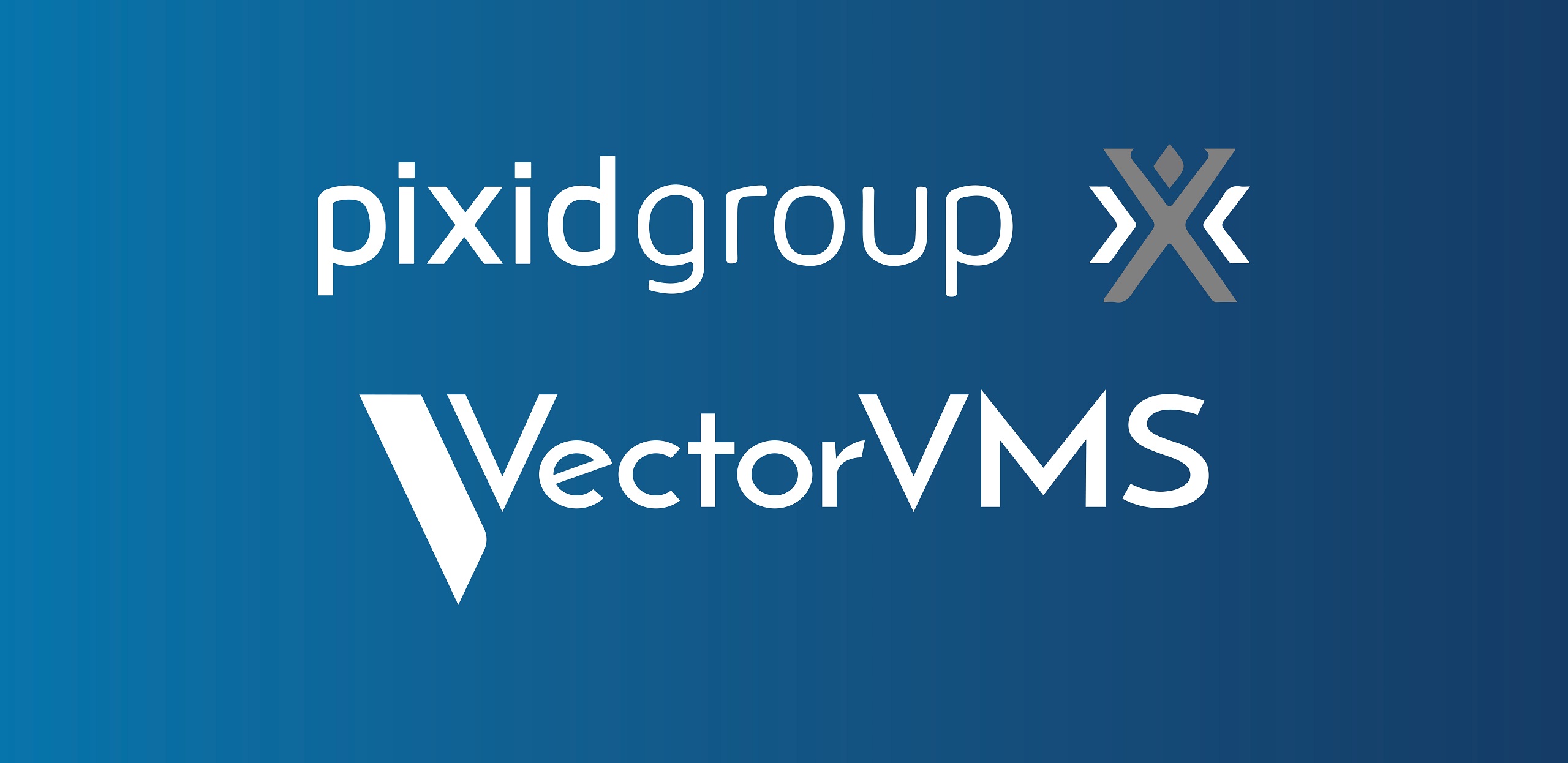This article is extracted from ‘A Buyer’s Guide for Vendor Management Systems.’ Here, we cover the basics of a VMS, and what you should expect to find in any platform regardless of provider.
So you’ve made the decision to get a shiny new VMS. If you’ve never conducted a search for a VMS or extended workforce technology provider, it can be overwhelming. To get started, it’s important to understand exactly what a VMS is, and what it should be able to do for you.
What Is a Vendor Management System?
A vendor management system (VMS) is a single, centralized system for managing your extended workforce at a company. A VMS manages all types of labor, including contingent labor, independent contractors, temporary staff, freelancers and statement-of-work projects. It can also perform identity management for workers with access to your facilities, such as cafeteria staff and landscapers.
A VMS is the focal point for a holistic contingent workforce program, giving you:
- One System of Record—Ensuring compliance and governance controls company-wide, and allowing complete visibility across your program workflow.
- Total Budget Visibility—Enabling you to track and manage total budget and control contingent labor costs.
- Real-Time Reporting—Providing the analytics you need to enhance and grow your program through data-driven decisions.
Why Companies Use a VMS
Compared to tracking manually with spreadsheets and emails, there are many benefits to implementing a VMS for tracking your contingent labor. Most importantly, they help you to:
- Control costs and eliminate rogue spend
- Maintain compliance across the contingent lifecycle
- Improve workforce visibility to manage supplier performance
- Boost efficiency by automating and streamlining processes
What Are the Standard Features and Functions of a VMS?
When searching for your VMS, you’ll want to make sure it can handle the basics well. Most VMS solutions share a standard set of features and functions:
- Requisition Management: A VMS gives you the ability to create, distribute, and approve requisitions.
- Candidate Submissions: Vendors can submit their candidates directly through the system.
- Candidate Review: A module for comparing candidates, skills matching, and pre-screening for minimum qualifications.
- Automated Onboarding/Offboarding: A module that automates steps in the onboarding and offboarding process for specific requirements by position.
- Worker Management: Once a candidate is selected and onboarded, all management can be completed within the application.
- Time and Expense Management: A critical component for managing contingent labor in any VMS is tracking time and budgets in one single source of record.
- Integration Capabilities: A VMS should integrate with other third-party technology systems and procurement processes, such as finance/accounting, HR/HRIS, and time tracking.
- Program Metrics and Analytics: With all of your data in one place, a reporting system allows you to analyze your program’s efficiency, spend, and more.
Most systems can give you all of these functions and more. The question is—which one is right for you?
Learn more about how to choose the right VMS by downloading A Buyer’s Guide for Vendor Management Systems today.
 Meet the Expert
Meet the Expert
Nikki Williams – Marketing Brand Manager
Nikki Williams is responsible for marketing strategy and implementation for VectorVMS. In her role, she helps contingent workforce professionals discover the value of a vendor management solutions through blogs, webinars, conferences, and more. Her goal is to ensure these professionals can quickly find answers to their questions about VMS technology. Nikki has more than 10 years of experience as a marketing professional for technology, including human resources technologies as well as leadership and organizational development services. Connect with her on LinkedIn.



